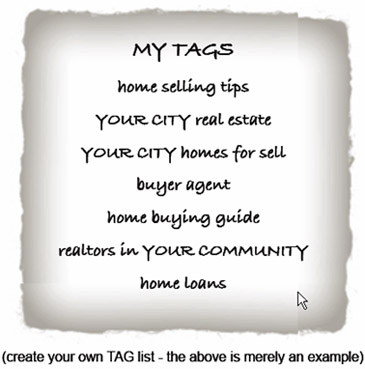In this article, we were brainstorming initial keywords your prospects search to find you on the web.
Today, we’ll talk about PLANTING and GROWING your keyword seeds and finalizing your preparation to get found online in 4 simple steps. Most web designers don’t even know these insider strategies…
STEP 1: Plant Your Seeds
The first step is to create a short list of 5 to 15 “seed” keywords. Your list might look like this one to the right:
Next, visit the Keyword Tool below and expand your list to a solid 10 to 50 keywords and phrases that have a healthy number of searches actually occurring on a monthly basis.
Don’t assume the highest search volume keywords are the best, rather, pick the ones that truly might originate from the TYPE of customer you desire.
Explore the other tools and links all found on this page as you enter your “SEEDS” one at a time:
Click here to go to the Free Keyword Tool…
As you brainstorm keywords, keep in mind that because you will be focusing on a LOCAL market, you will most likely want to add your city, state, county, and/or zip code to the keyword phrases you compile (more on this in step 4).
What’s a “healthy” number of searches you might ask? For now, shoot for adding keywords that have several search terms above zero. You want to make web pages around keywords (and topics) people have an interest in and actually search to find.
STEP 3: Add ‘TAGS’ To Your Keyword List
We do need to talk for a moment about ‘TAGS’. Not like the ones on your clothes. The internet variety that have become so BIG in so many ways these days. To make it quick and easy to understand, you might think of a TAG as a one or two word keyword used to CATEGORIZE what you do or what your site or web page is about.
It’s another way that people might find your business, page, blog or site. And here’s why it’s important…
Just as you need to know (or think about in advance) the keywords that a searcher might type into a search box, you also need to know what CATEGORY or set of TAGS best classify what you do. These TAGS will be used more to categorize blog posts, photo’s, and other social media things you do – whereas, your keywords will be associated more with your web pages or sites.
Don’t get too hung-up thinking about why this works this way, rather let’s just move forward and while we have keywords on our mind, let’s pick a small highly focuses set of categorical TAGS so we have them ready for some blog posts and social media strategies I’ll discuss in future articles.
 If you’ve just completed your keyword research, you can likely do this part off the top of your head. Just think of 3 to 10 categories (one word to three words are best) that your service or site fits.
If you’ve just completed your keyword research, you can likely do this part off the top of your head. Just think of 3 to 10 categories (one word to three words are best) that your service or site fits.
Your TAG LIST might resemble the one to the right (but please, create your own so you can be even more exacting… and localize as much as possible).
STEP 4: Include Local Terms In Your Keywords
What are you in the middle of?
In other words, where the heck are you located?
What is your “service area”? If you expect people to find you in a search engine or online, you have to PLANT the various “location” names, zips and spots directly into your listings and pages.
Only by doing this can the search engines know when and where to “deliver your page up” within the proper local SERPs (Search Engine Results Pages).
This step is critical and I have a couple of tools that will help make it very, very quick and easy. What I want you to do now is create a list of every city, county, community, and ZIP code that is within a reasonable distance from your location.
Naturally, if it’s an area that you are NOT interested in getting calls or business from, you’ll exclude it. Use the two tools below to create lists of areas you are most interested in (don’t stretch yourself too wide – focus in on your prime target areas):
- The city and zip code part can be done with this tool:
(You need only enter your ZIP and a radius in this tool – results will show at bottom)
- To help you with local county names, try this tool:
With our focused list of keywords, phrases, tags and locations in hand, we’re now ready to create web pages and blog pages that truly get found by our prime prospects. Be on the lookout for my next article where I’ll show you how to create web pages with these local keywords, even WITHOUT a web site.
See you soon!








